Contextualising Sunday’s Terror Attack at Kamamboga, in Ugandan Capital Kampala in Concert with Related Incidents in DRC, Mozambique, Tanzania, Kenya and Rwanda

Evarist Chahali, Intelligence Analyst.
What happened?
One person has been killed and three others injured in a suspected terrorist bombing in Uganda's capital, Kampala.
Police say three suspected bombers disguised themselves as customers and planted explosives in a plastic bag.
When?
The blast went off on Saturday, October 23,2021, night at a bar, killing a 20-year-old waitress and scattering panicked revellers on to the street outside.
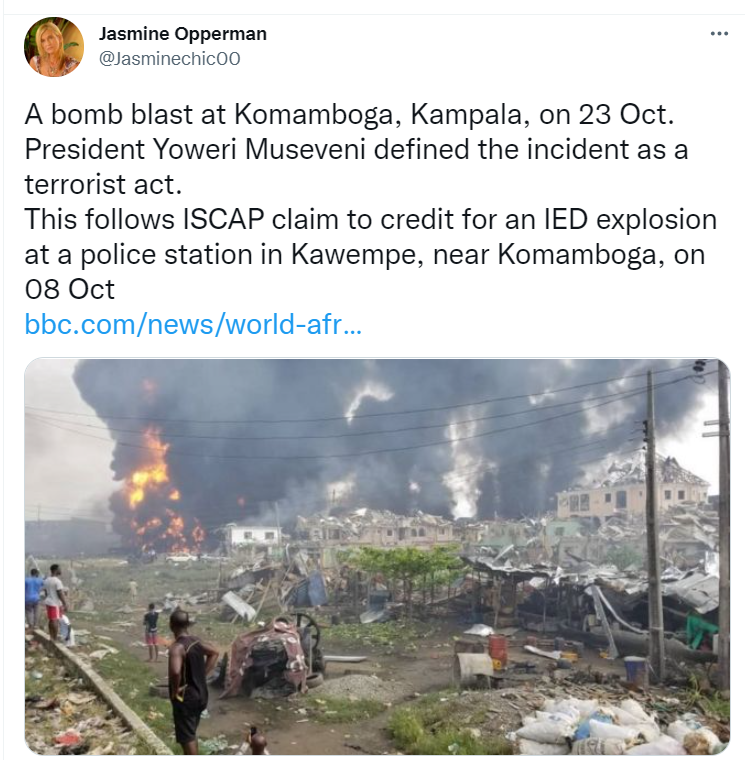
Any claim of responsibility?
None so far. However, the United Kingdom had recently warned about terrorism in Uganda.
UPDATE:
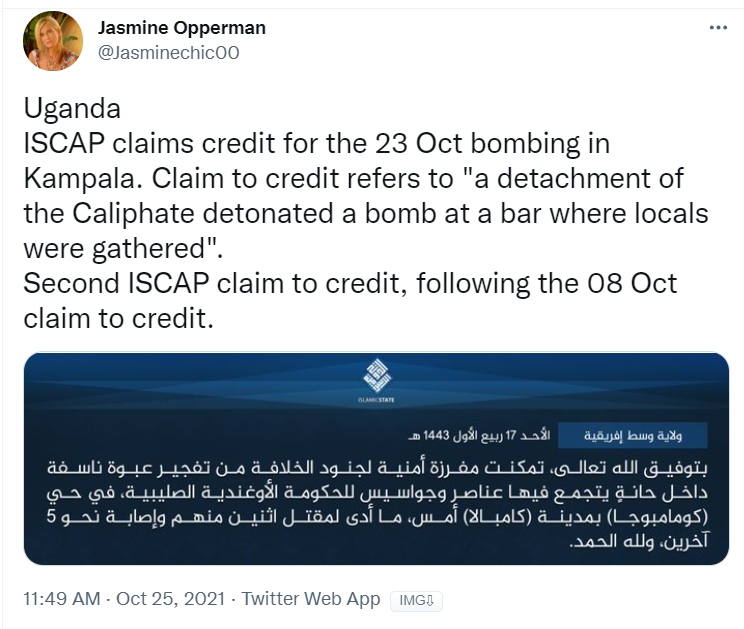
Related incidents?
It was reported on October 8 that ISIS had claimed first attack ever in Uganda, taking credit for IED blast on police in Kampala.
While the Ugandan government neither confirmed nor denied, there were some hostilities towards some foreign entities, such as the UK-based African Centre for Intelligence and Security (@AFRICISOrg), that among those who reported about the attack
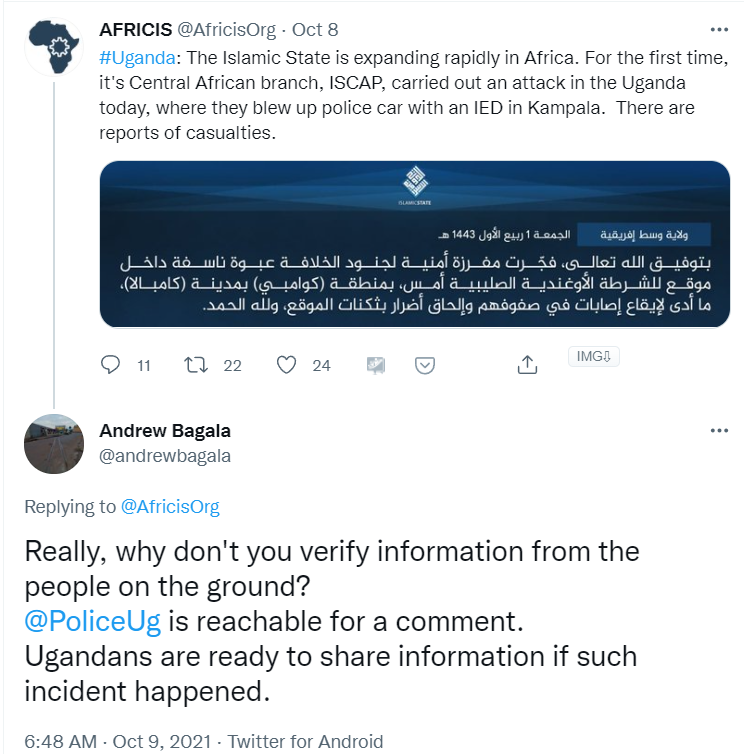

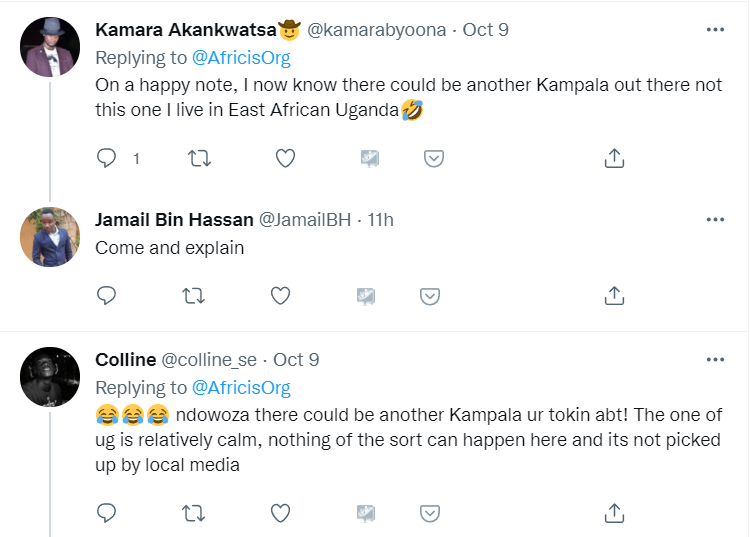
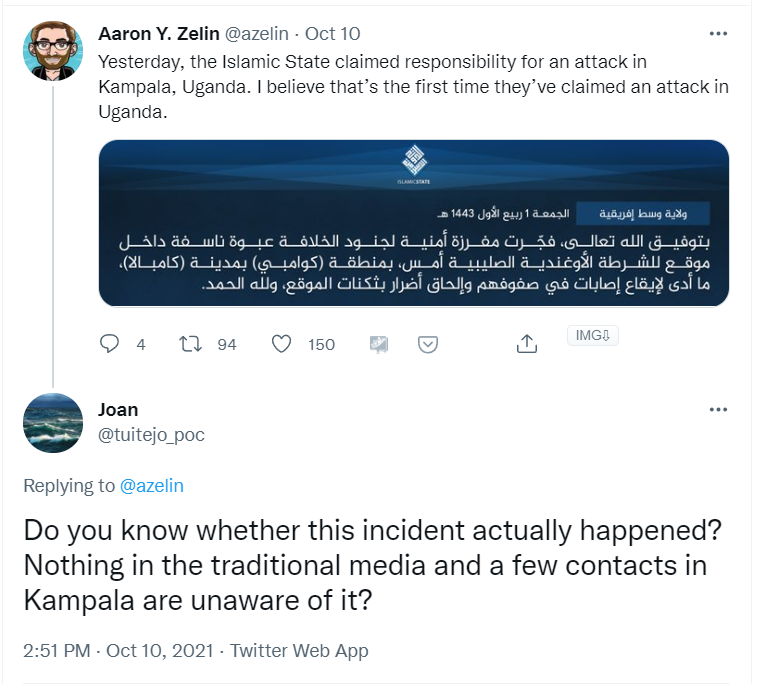
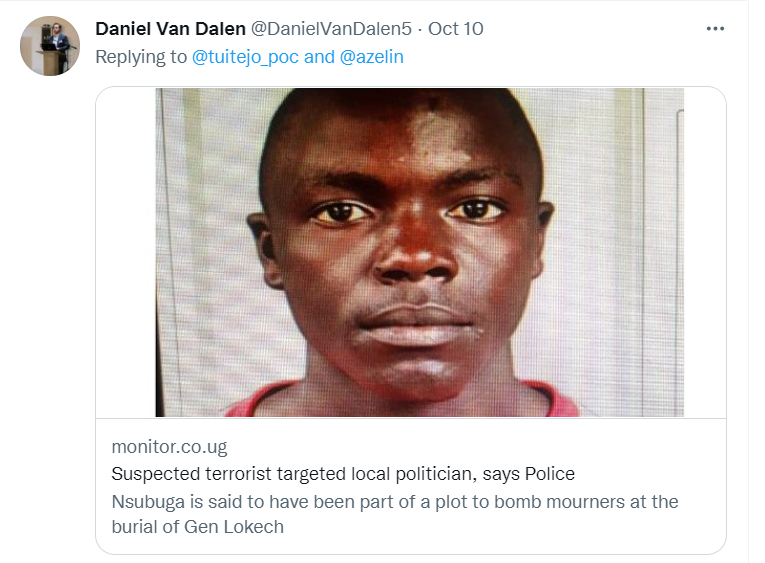
That should not come as a surprise because despite freedom of information in Africa falling short of public expectations, recentAfrobarometer survey showed that Africans’ support for media freedom has dropped significantly.
Another incident occurred on October 4 this year, when Ugandan security operatives shot dead a suspected terrorist Hamid Nsubunga, is said to be the second suspect who attempted to set off a bomb at the burial of the Deputy Inspector General of Police, Lt Gen Paul Lokech, in Pader District in August.
His suspected accomplice, whom the police said had bomb-making devices, was arrested on August 27, 2021.
In 2010, 74 people were killed in bomb blasts that went off at venues in Kampala where football fans were watching the screening of the World Cup final. The masterminds of the attacks, from the Islamist militant group al-Shabab, are serving life sentences.
Government response?
To-date, the Ugandan government has not yet responded to ISIS claim that they conducted first ever attack in the country.
However, the Ugandan police reactedto UK terror alert, asking members of the public to remain calm over the warning by the United Kingdom that terrorists could carry out an attack in Uganda.
Furthermore, President Yoweri Museveni took to Twitter to confirm the attack, and he promised to catch the perpetrators.
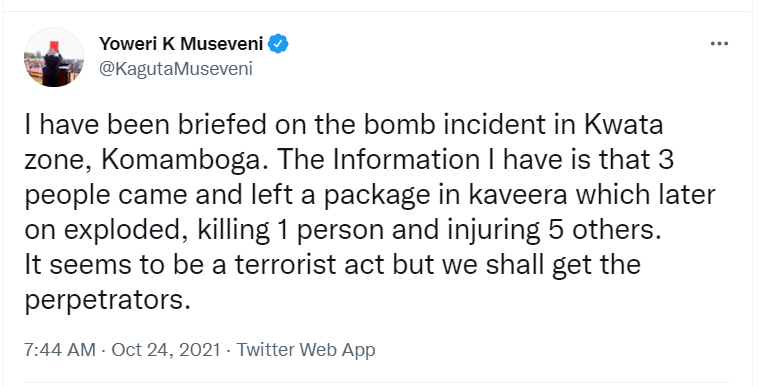
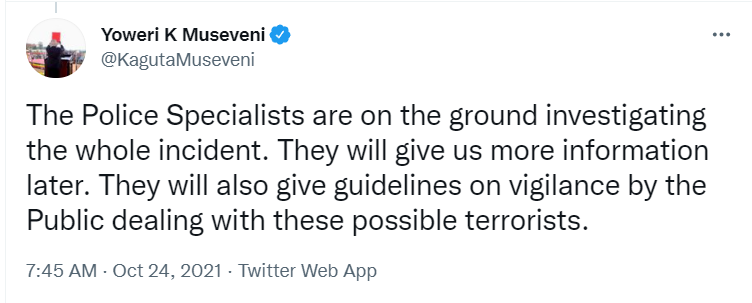

Risk advisory
Yesterday’s incident, together with Nsubunga’s foiled suicide plot on October 4, and IED explosion at a police station in Kawempe, near Komamboga, on October 8, which ISCAP have claimed responsibility, takes the tally to three in this month. That should raise concern as it might be an early indication that ADF-turned-ISCAP have escalated their terror campaign against Uganda.
It is worth noting that ADF, which has been operating in the eastern region of the Democratic Republic of Congo, had its origins in Uganda. It was formed in the 1990s and primarily concerned itself with domestic grievances within Uganda. After re-emerging in DR Congo, its activity has taken on a more global jihadist dimension, with attacks increasingly being claimed in the name of the Islamic State (IS) group.
Also, the jihadist threat against Uganda stretches the East African nation’s defence and intelligence capabilities as it has been in conflict against its neighbour Rwanda since March 2019.
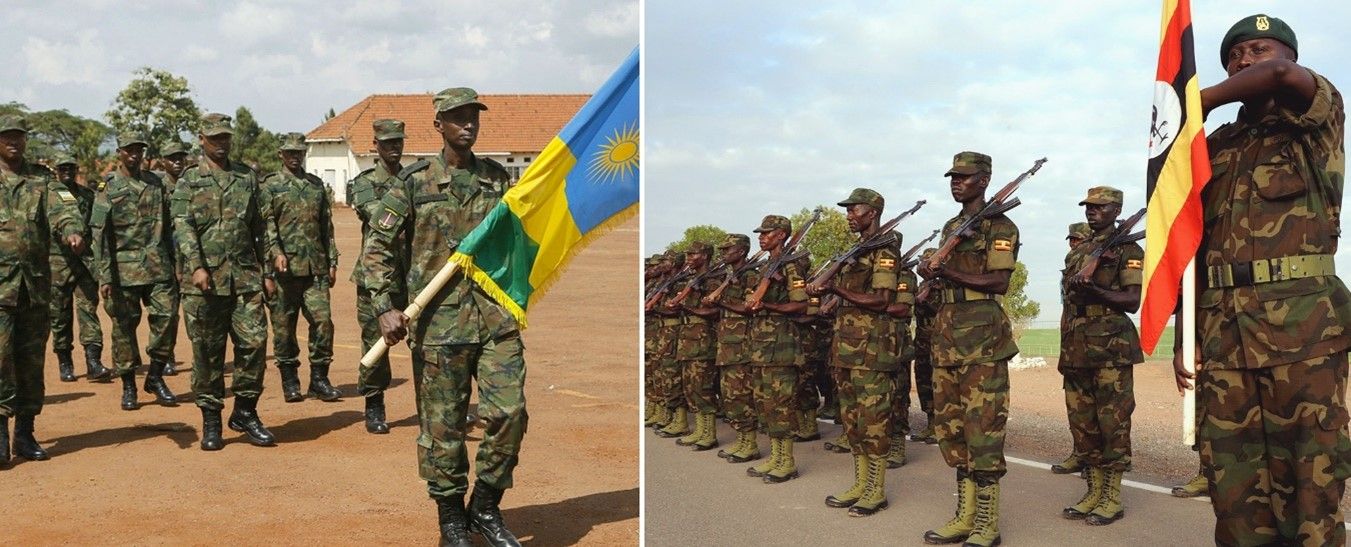
Tensions between Uganda and Rwanda also have direct implications for stability in the Great Lakes region more generally, with Burundi becoming a key flashpoint of the rivalry between Kampala and Kigali.
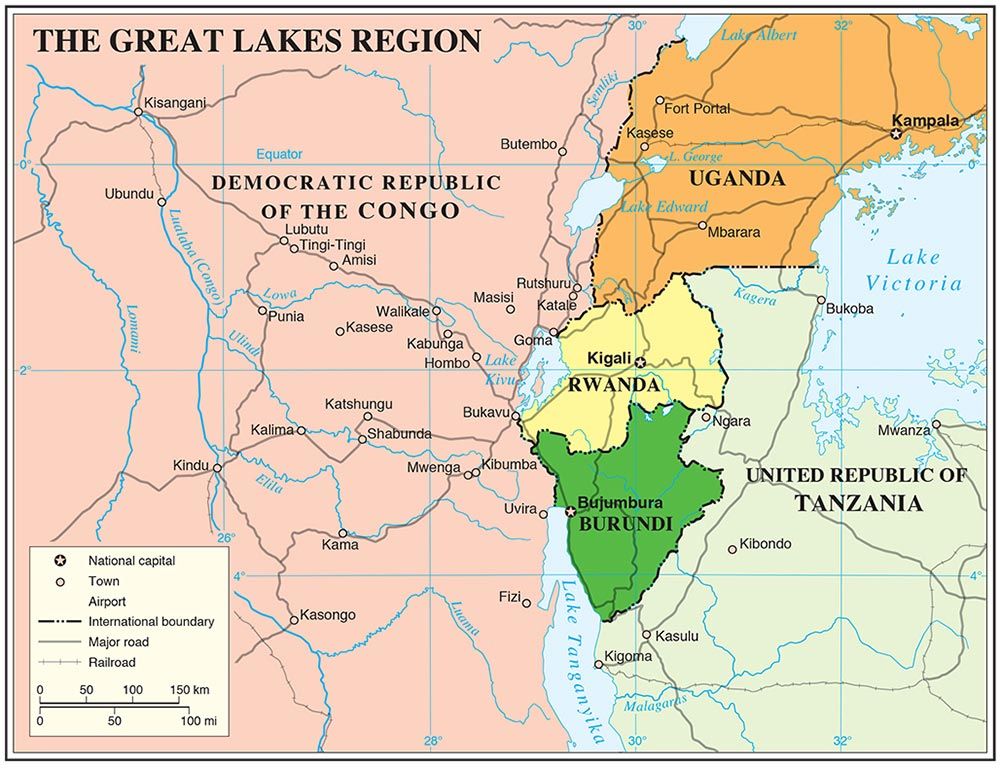
The regionalisation of ISCAP, which is exemplified by Nsubuga’s attempted operation in Uganda, will validate Rwandan president Paul Kagame’s assertions that ISCAP is a regional threat because it has members from all over East Africa, including Uganda, Rwanda, Kenya, Tanzania, Somalia, and Mozambique.
The hostility between the two countries could distracts and diminishes regional capacity to combat the ISCAP insurgency.
Rwanda recently asserted that "ADF are a terrorist group based in eastern DRC and are part of ISCAP (Islamic State in Central Africa Province) …They are linked to the group in Cabo Delgado because they are all affiliated to ISCAP."
Therefore, co-operation rather than hostility between Kampala and Kigali is what is needed in dealing with the terror threat.
Beyond Uganda
Tanzania:
Security expert Jasmine Opperman reported that on October 20/21, insurgents attacked Kilimahewa village in Tanzania, raising.
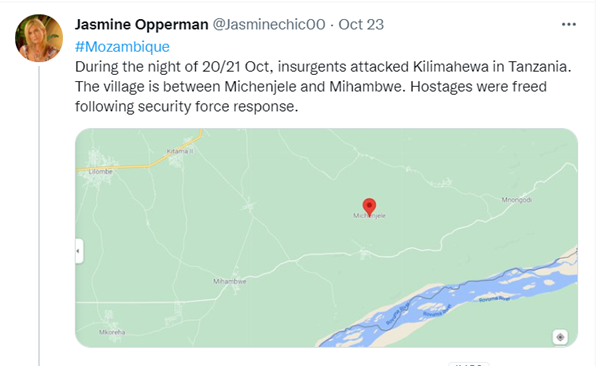
She also noted that on October 1/2, insurgents attacked village of Kiwengulo (Across the Rovuma from western Palma district). They looted food supplies, killing a civilian woman who identified one of the insurgents as being from the area. “Will the insurgency expand into Tanzania?” she enquired
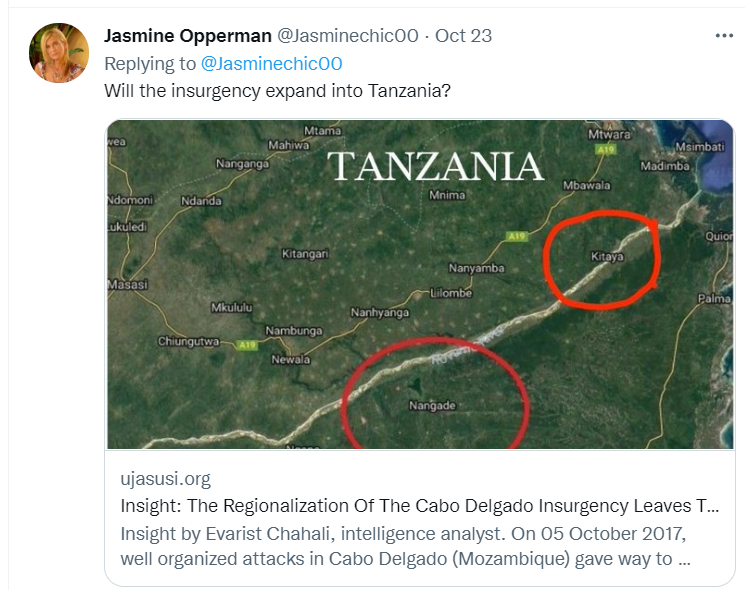
Kenya:
Last month, Kenya Defence Forces (KDF) reportedthat at least 15 al-Shabaab militants were killed after their vehicle ran over an IED they had earlier planted at Sarira area between Kiunga and Ishakani in Lamu East close to the Kenya-Somalia border on Sunday morning.
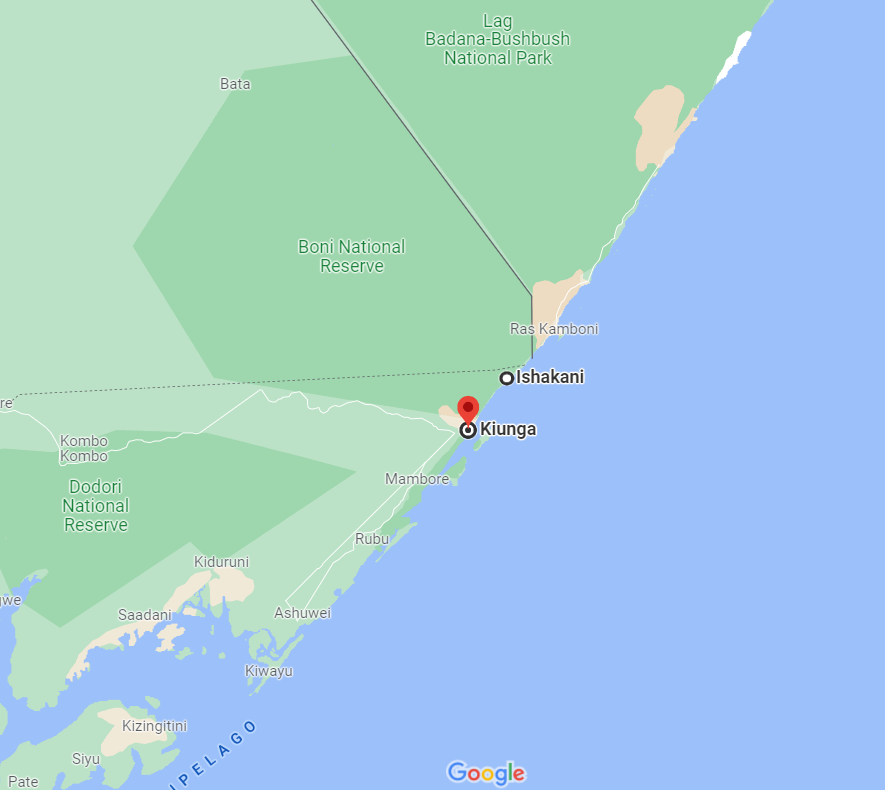
DRC:
On October 21, at least 16 civilians were killed in an attack on three villages in the DRC. The attacks were suspected to be perpetrated by the ISCAP, which is also known as Central Africa Wilayah and Wilayat Wasat Ifriqiya, ISIS-DRC, and Madina at Tauheed Wau Mujahedeen, among other names.
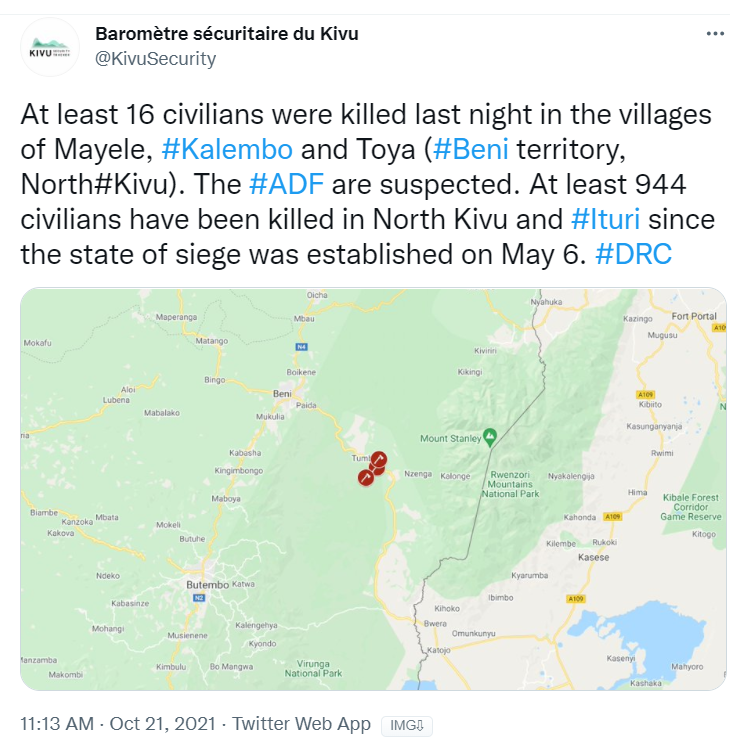
In an examination of ADF, the Centre for Strategic and International Studies notes that the group has executed attacks against hard targets such as prisons as well as security and international forces. ADF has also conducted numerous and significant attacks against civilians, at times in concert with other armed actors in DRC.
Specifically, the ADF participated in mass killings near Beni beginning in 2013 that left more than 800 people dead and 180,000 displaced—however, these killings were likely initiated by another armed group in coordination with the ADF and others.
Rwanda:
On October 1, Rwandan police said they had arrested 13 people suspected of plotting "terrorist" attacks in the capital Kigali and paraded them before the media.
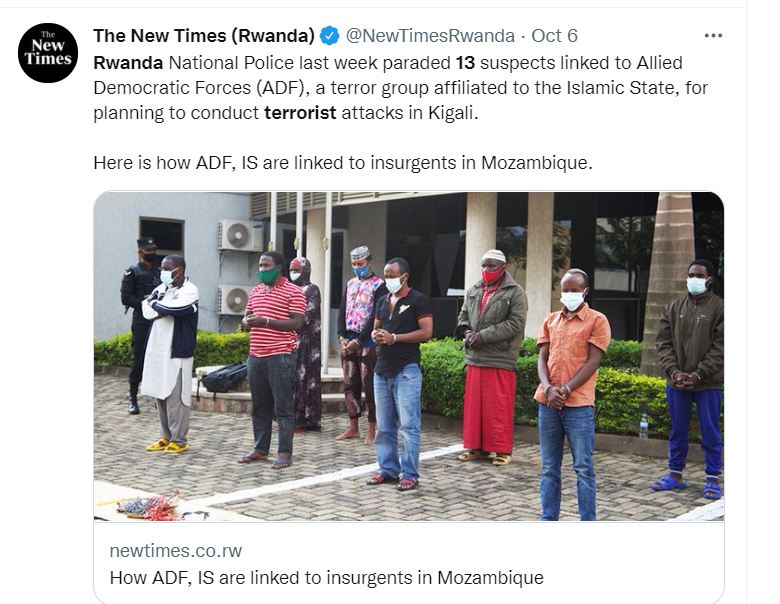
The suspects were arrested with bomb-making materials including explosives, wires, nails and phones, Rwandan National Police said in a statement.
"Investigations have revealed that the terror cell worked with Allied Democratic Forces (ADF)," it said, referring to a suspected jihadist group active in the east of the neighbouring Democratic Republic of Congo (DRC).
Conclusion:
As shown in this report, yesterday’s attack in Uganda could be an early indication of the Islamic insurgency starting to gain prominence within the Great Lakes region. Incidents in Tanzania, Kenya, DRC, and Rwanda, couple with what has been happening in Mozambique call for close co-operation between these countries.
Furthermore, it is important for their governments to address
Push factors: The conditions conducive to violent extremism and the structural context from which it emerges. These include lack of socio-economic opportunities; marginalization and discrimination; poor governance, violations of human rights and the Rule of Law; prolonged and unresolved conflicts; and radicalization in prisons.
Pull factors: The individual motivations and processes, which play a key role in transforming ideas and grievances into violent extremist action. These include individual backgrounds and motivations; collective grievances and victimization stemming from domination, oppression, subjugation, or foreign intervention; distortion and misuse of beliefs, political ideologies and ethnic and cultural differences; and leadership and social networks.
More specifically, the Great Lakes region governments need to address five primary driversthat are considered to be conducive to violent extremism, namely:
(1) Lack of socio-economic opportunities;
(2) Marginalization and discrimination;
(3) Poor governance, violations of human rights and the rule of law;
(4) Prolonged and unresolved conflicts, and;
(5) Radicalization in prisons.
